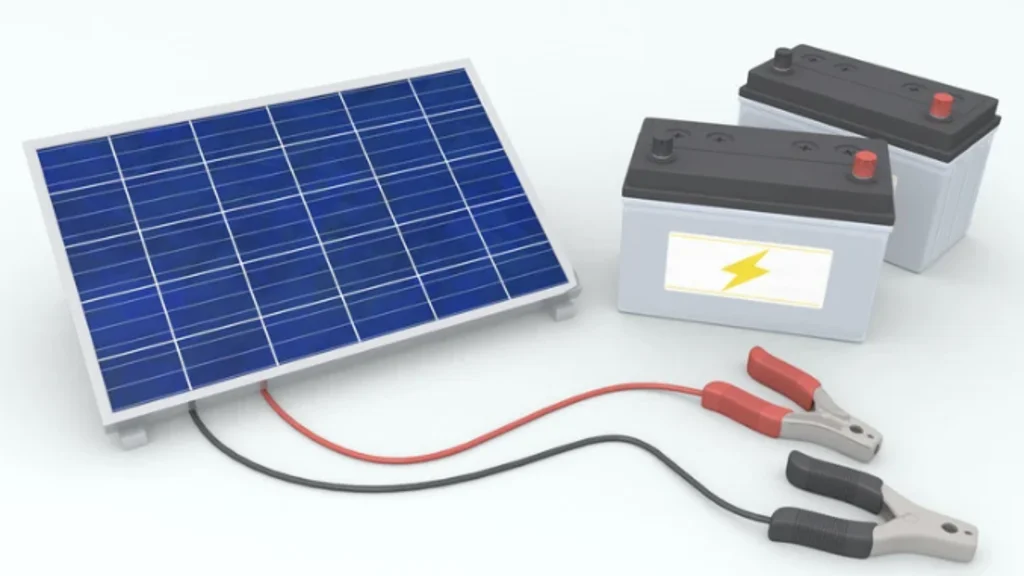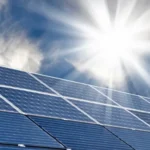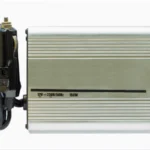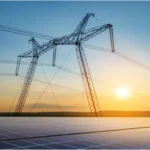Imagine this: you’re hiking through a remote trail in Yellowstone, and your phone’s GPS is your lifeline, with the battery at 12%. There’s no wall socket in sight. That’s where a solar power bank becomes more than a gadget; it’s a peace of mind.
In today’s mobile world, staying powered up wherever you are isn’t just a convenience; it’s a necessity. With the push toward greener, more self-reliant living, solar power are becoming a go-to solution for travelers, homeowners preparing for outages, and small businesses operating in remote areas.
But are these compact solar chargers really worth it? Let’s break it down with real experience, expert insights, and practical advice.
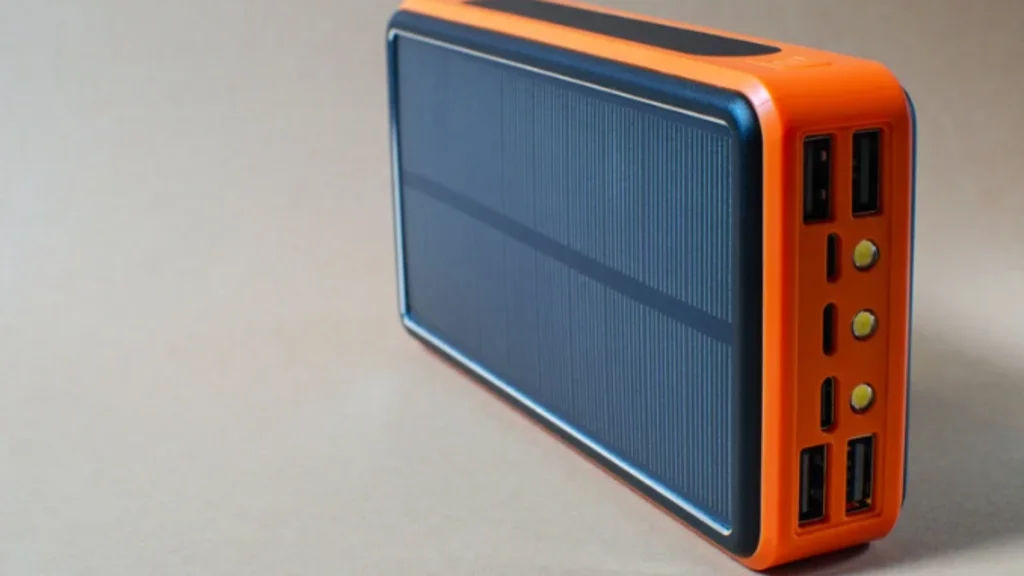
What Is a Solar Power Bank?
A solar bank is a portable battery charger equipped with built-in solar panels. It stores electrical energy from the sun or from a wall outlet and allows you to charge smartphones, tablets, cameras, and even mini-fridges or CPAP machines, depending on the model.
Think of it as a power backup that doesn’t depend on the grid.
How It Works.
- Solar panel charging – Absorbs sunlight and converts it into electricity via photovoltaic cells.
- Battery storage – Energy is stored in a lithium-ion or Li-Polymer battery.
- USB/DC output – Powers your devices through various ports (USB-A, USB-C, etc.).
Are Solar Banks Worth It?
In most situations, yes — but with a caveat.
They’re worth it if:
- You travel or camp often
- You live in areas prone to power outages
- You want emergency preparedness without relying on fuel or grid power
- You need a sustainable off-grid power source
They’re less ideal if:
- You need fast, large-capacity charging every day
- You’re frequently in cloudy environments
- You expect full charging from solar alone, most need top-ups via AC power for reliability
Pro Tip from the Field
A homeowner in Arizona who frequently hikes shared that her 25,000 mAh solar bank could keep her phone topped up for a full 4-day trip. “I usually leave it on my backpack during hikes,” she said. “It’s not blazing fast, but it never lets me down.
Click here: solar panels effeciency.
Which Solar Bank Is Best in the USA?
The best solar bank in the USA depends on your needs, but based on performance, durability, and customer reviews, these stand out:
Top Picks
- BLAVOR 20000mAh Qi Solar Power Bank
- Wireless charging, flashlight, waterproof
- Wireless charging, flashlight, waterproof
- Anker 21W PowerPort Solar with PowerCore Battery
- Great efficiency and a reputable brand
- Great efficiency and a reputable brand
- BigBlue 28W Solar Charger with 3 USB Ports
- Ideal for group camping or family trips
- Ideal for group camping or family trips
- Hiluckey 25000mAh Outdoor Solar Charger
- Rugged build and fast USB-C charging
- Rugged build and fast USB-C charging
If you’re in the U.S., prioritize units with UL or FCC certifications to ensure safety and reliable performance.
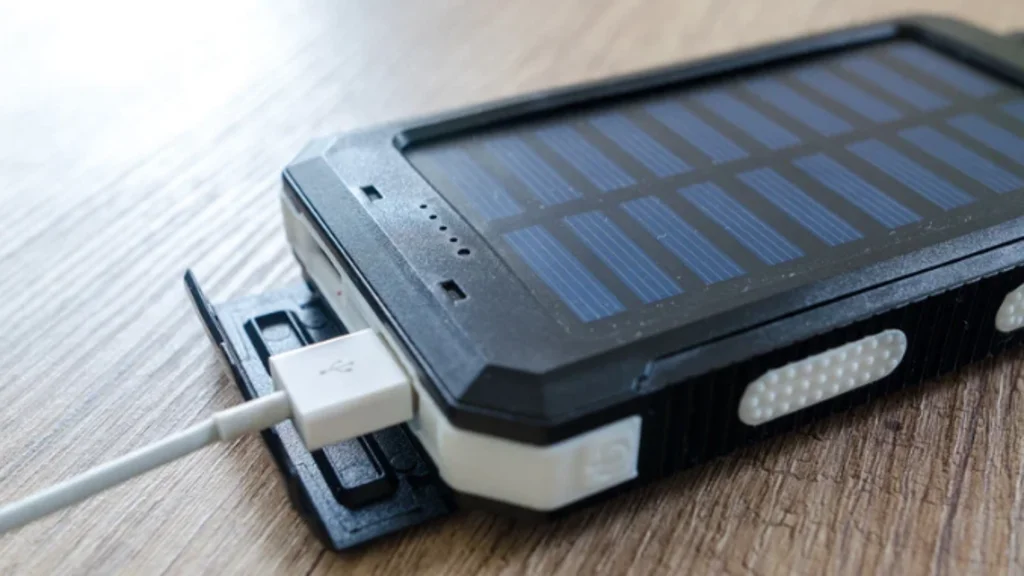
Real-World Use Case: Camping Off-Grid
In Colorado, a small business owner who operates a mobile coffee stand at local outdoor markets invested in two 30,000mAh solar power banks to power LED lighting and a Wi-Fi hotspot. “It cuts my need for a gas generator on sunny days and gives customers a greener vibe,” he explained.
Is There a 900000mAh Power Bank?
This question often appears online, but the truth is: there is no such thing as a 900,000mAh power bank. Products advertised with this capacity are usually misleading or fake. A typical, high-capacity and trustworthy unit maxes out around 50,000mAh due to size, safety, and realistic battery density constraints.
Buyer Tip: Always check reviews, brand reputation, and certifications to ensure you’re making an informed decision. If it sounds too good to be true, it probably is.
How Long Does It Take to Charge a 10,000 mAh Solar Bank?
Charging time depends in:
- Solar panel wattage
- Sunlight intensity
- Panel surface area
- Efficiency rating
In full sunlight
- 10,000mAh = 20 to 40 hours via solar panel alone
- 4 to 6 hours via wall charger (USB-C or fast charge)
That’s why most users pre-charge via a wall outlet and use solar as a backup top-up throughout the day.
How Long Does a 15,000 mAh Power Bank Last?
On a full charge, a 15,000mAh power bank can deliver:
- 3 to 5 full phone charges
- 1 to 2 tablet charges
- 10 to 15 hours of LED lighting
This assumes you’re charging mid-range devices (e.g., a phone with a 3000–4000mAh battery). The actual duration also depends on the age of the power bank, discharge rates, and outside temperature. Lithium-ion batteries degrade over time, so lifespan may shorten after 300–500 charge cycles.
Advantages of Power Banks
- Environmentally friendly: uses clean, renewable energy
- Portable: no need for wall sockets or generators
- Off-grid independence: perfect for hiking, camping, rural work
- Emergency readiness: useful during blackouts or disasters
- Cost-effective: no recurring energy or fuel costs
Limitations to Keep in Mind
- Slower charging via sunlight alone
- Bulkier at higher capacities
- Limited output for laptops or high-wattage devices
- Battery wear and performance loss over time
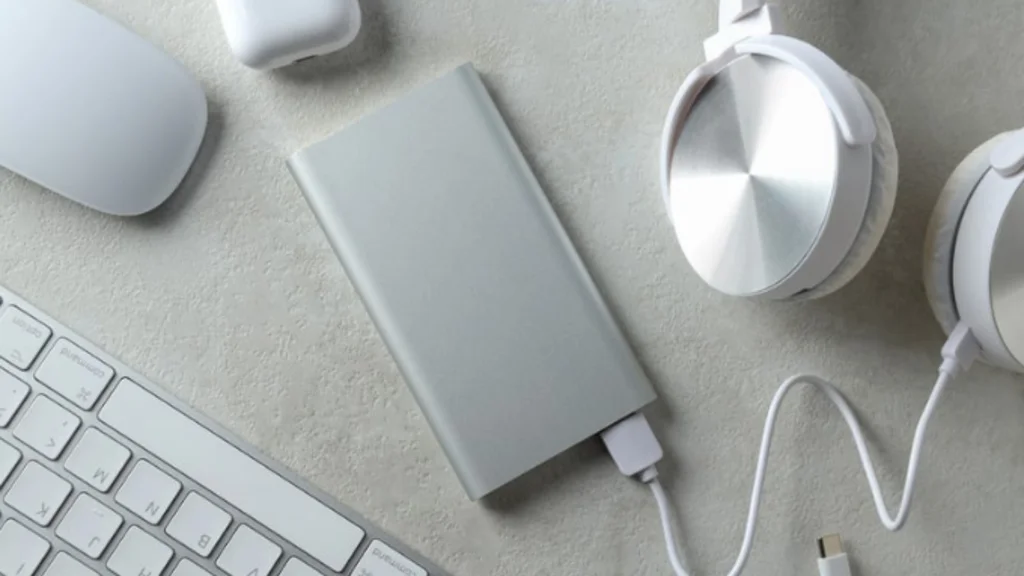
How to Choose the Right Solar Power Bank
- Capacity
Choose based on your needs:
- 10,000–20,000mAh for phones and tablets
- 25,000mAh+ for multiple devices or longer trips
- Charging Ports
Look for USB-C Power Delivery or Quick Charge for faster performance.
- Panel Type
Monocrystalline panels are more efficient than polycrystalline.
- Durability
Select models with IP ratings (IP65 or higher) for water and dust resistance.
- Extras
Consider built-in flashlights, wireless charging, or mounting hooks.
Also visit here : solar panels construction.
Care Tips: Extend the Life of Your Power Bank
- Avoid overexposing to direct heat when not in use.
- Charge via wall outlet before outdoor trips.
- Keep dry and dust-free to prevent connector damage.
- Use it regularly to maintain lithium-ion health.
Solar Power Banks vs. Standard Power Banks
| Feature | Power Bank | Standard Power Bank |
| Charging Method | Solar + AC | AC only |
| Portability | Slightly heavier | Lighter |
| Ideal For | Outdoor and emergencies | Daily device charging |
| Green Energy | Yes | No |
| Solar Charging Time | Slower | Not applicable |
Final Thoughts: Should You Get a Power Bank?
If you live an active, outdoor, or off-grid lifestyle or just want a greener emergency backup, a solar power bank is an innovative and sustainable choice. They won’t entirely replace traditional charging for high-use scenarios, but they provide independence and peace of mind when you need it most.
Ready to Stay Powered Wherever You Go?
Whether you’re preparing for a road trip, bracing for a power outage, or simply want to cut down your grid dependency, a power bank offers a practical and eco-conscious solution.
Evaluate your energy needs, pick a trusted model, and take your power with you.

FAQ
Which power bank is best in USA?
Top choices include BLAVOR, Anker, Hiluckey, and BigBlue. Focus on certified, reliable brands with good support.
Are solar power banks worth it?
Yes, especially for outdoor use, emergencies, or off-grid living. Please note that solar charging is slow and is best used as a supplement.
Is there a 900000mAh power bank?
No, such claims are misleading. The realistic maximum capacity for trusted units is around 50,000mAh.
How long does it take to charge a 10,000 mAh solar bank?
20 to 40 hours via solar; 4 to 6 hours via AC wall charging.
How long does a 15000 mAh power bank last?
Expect 3–5 phone charges, or around 10–15 hours of LED light runtime, depending on usage.

